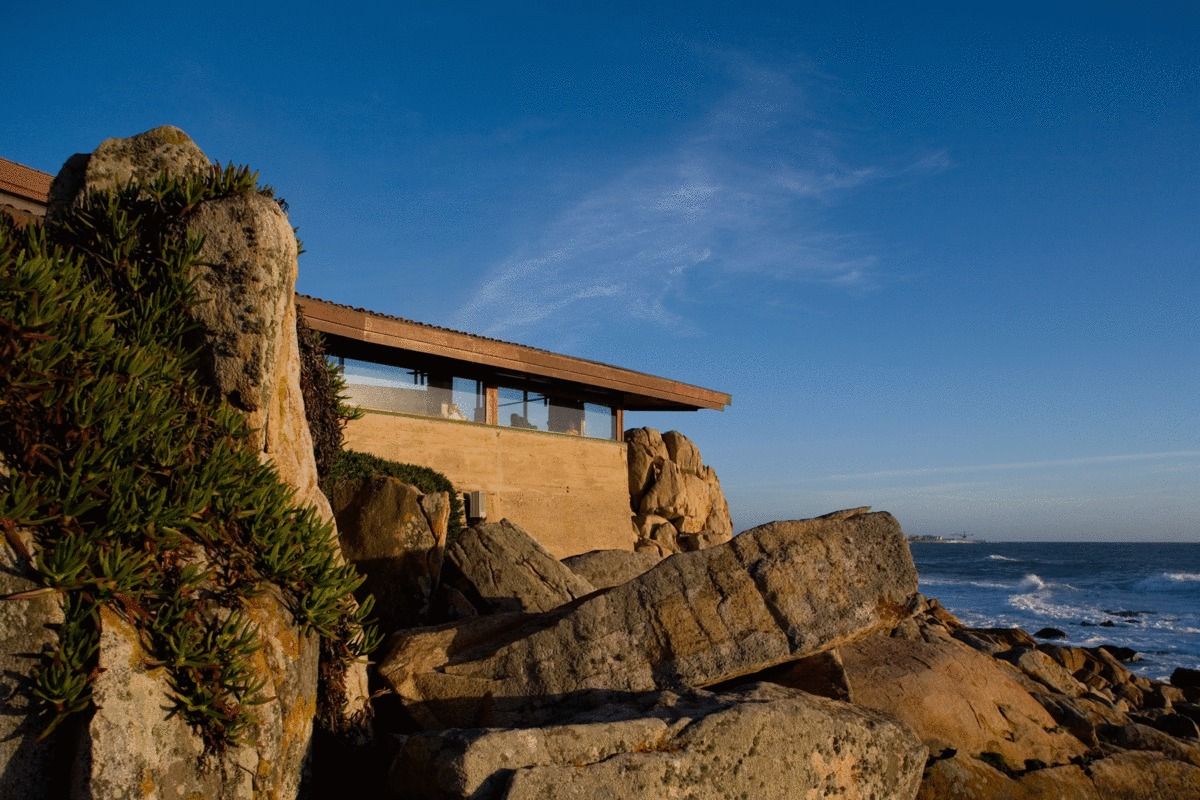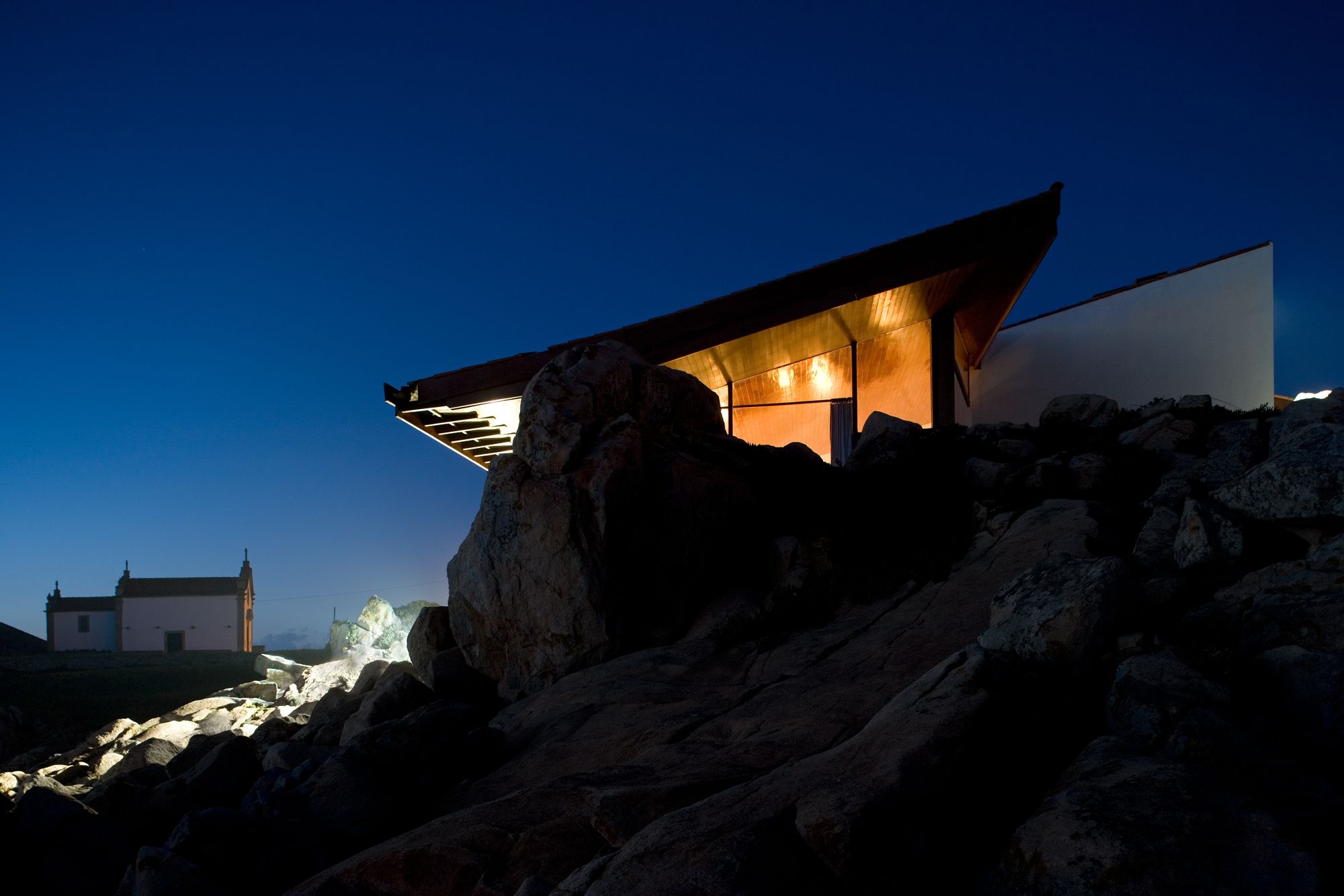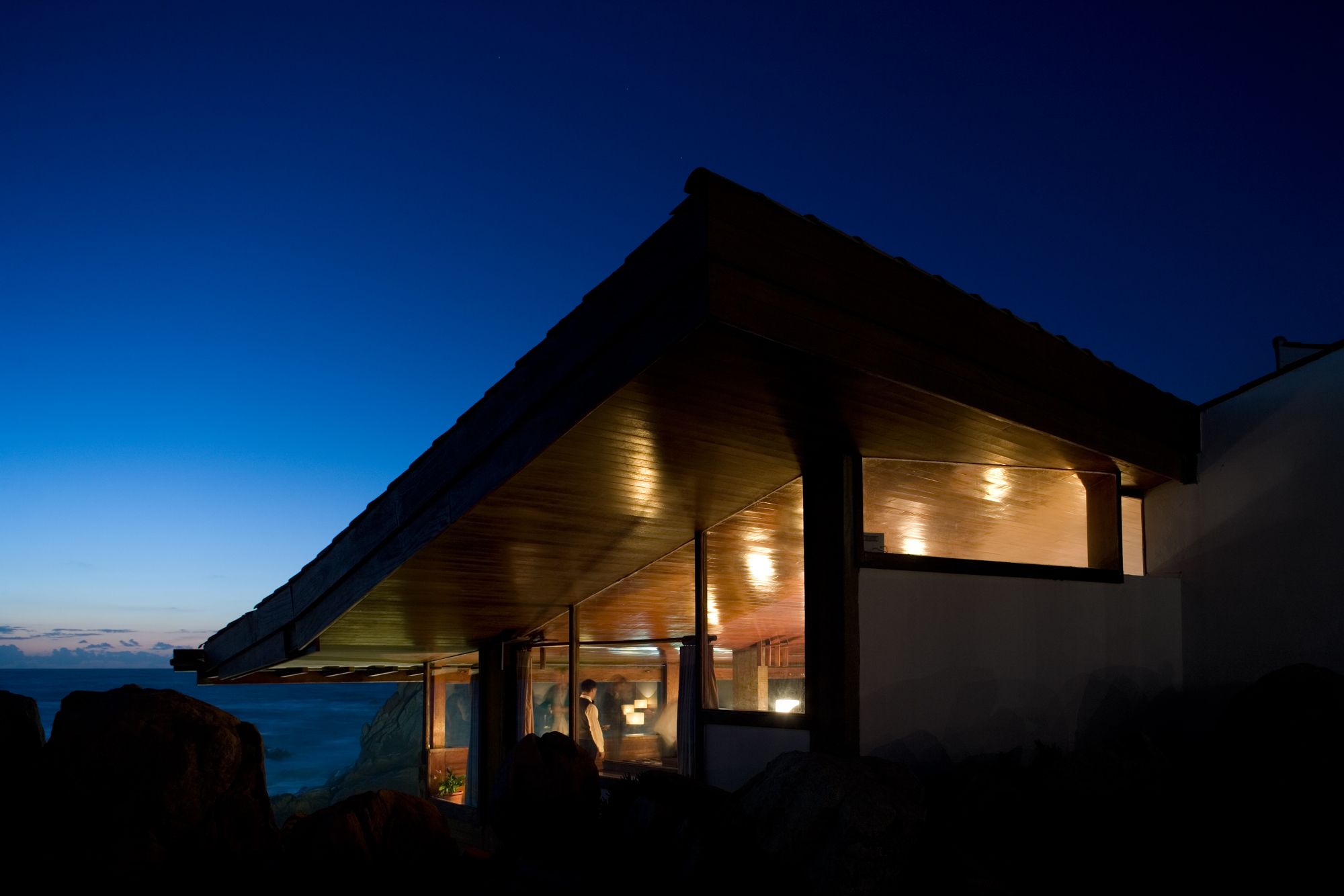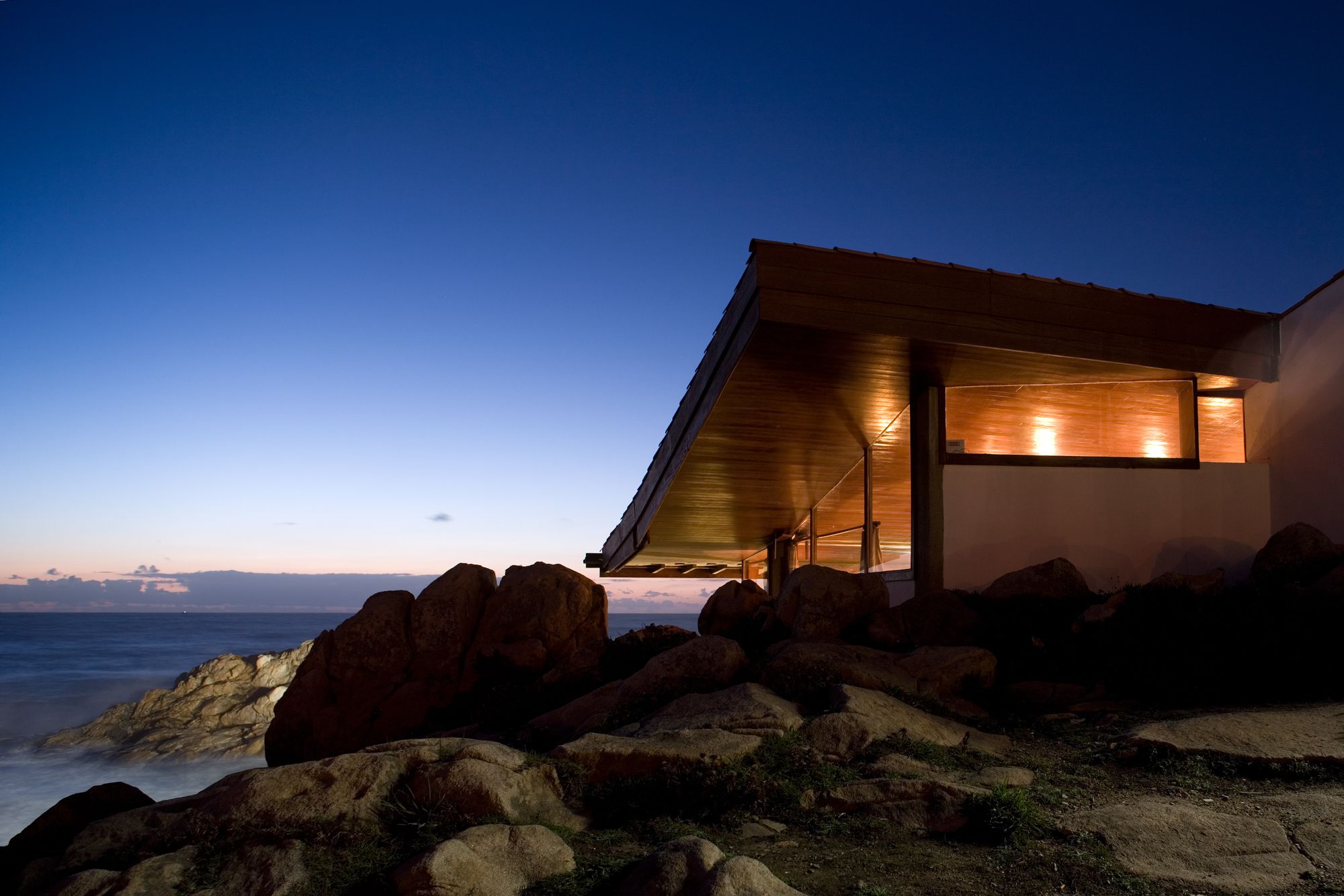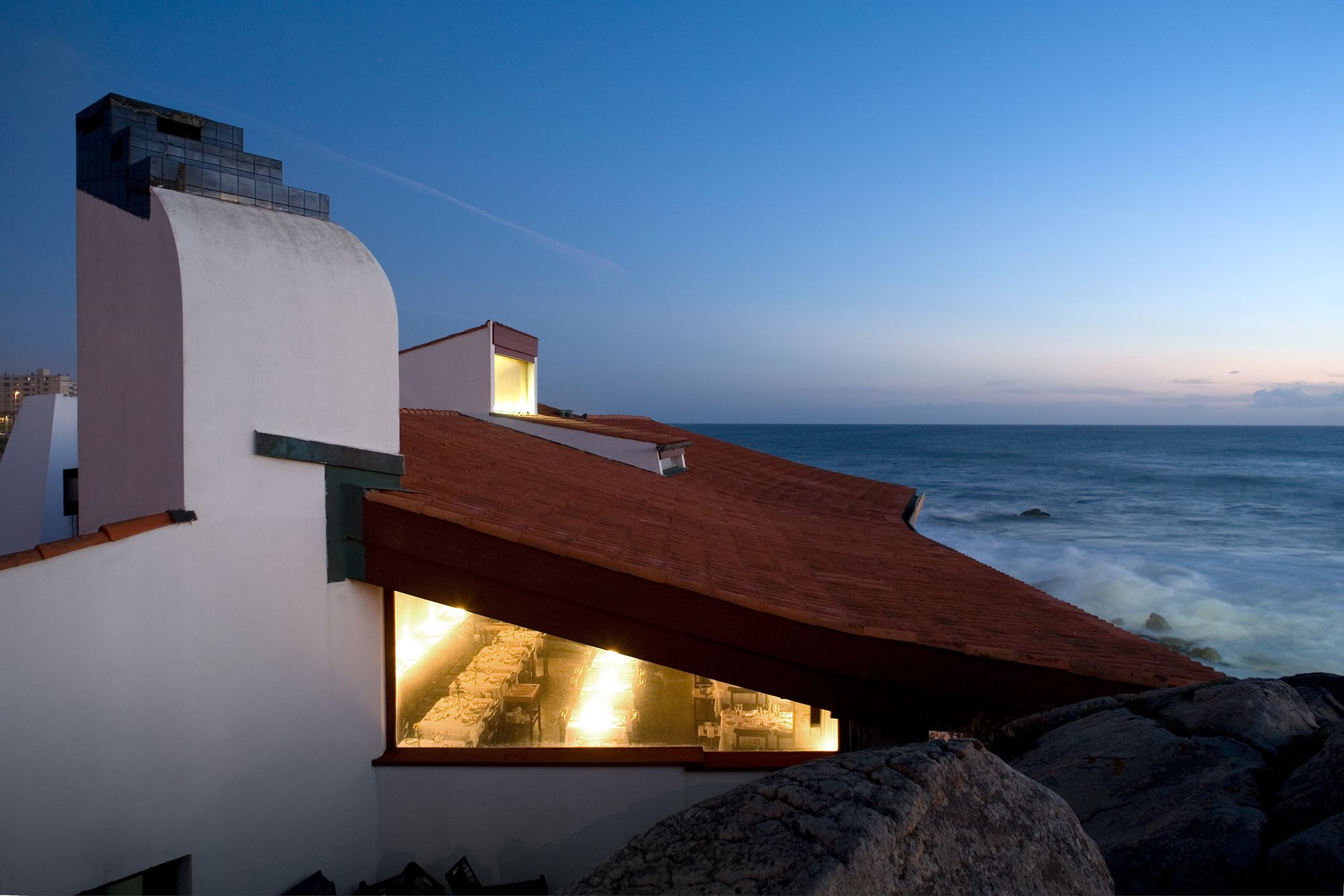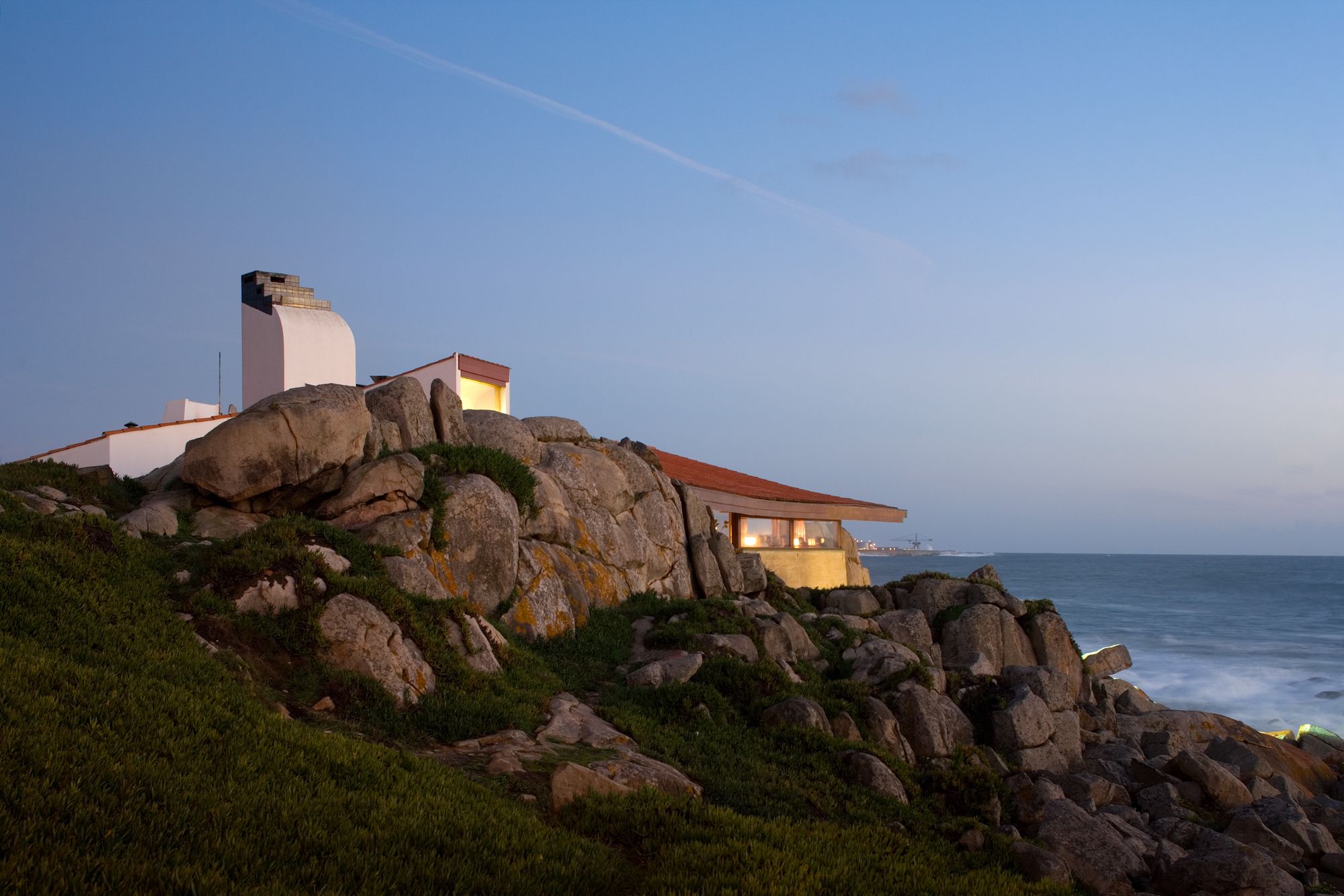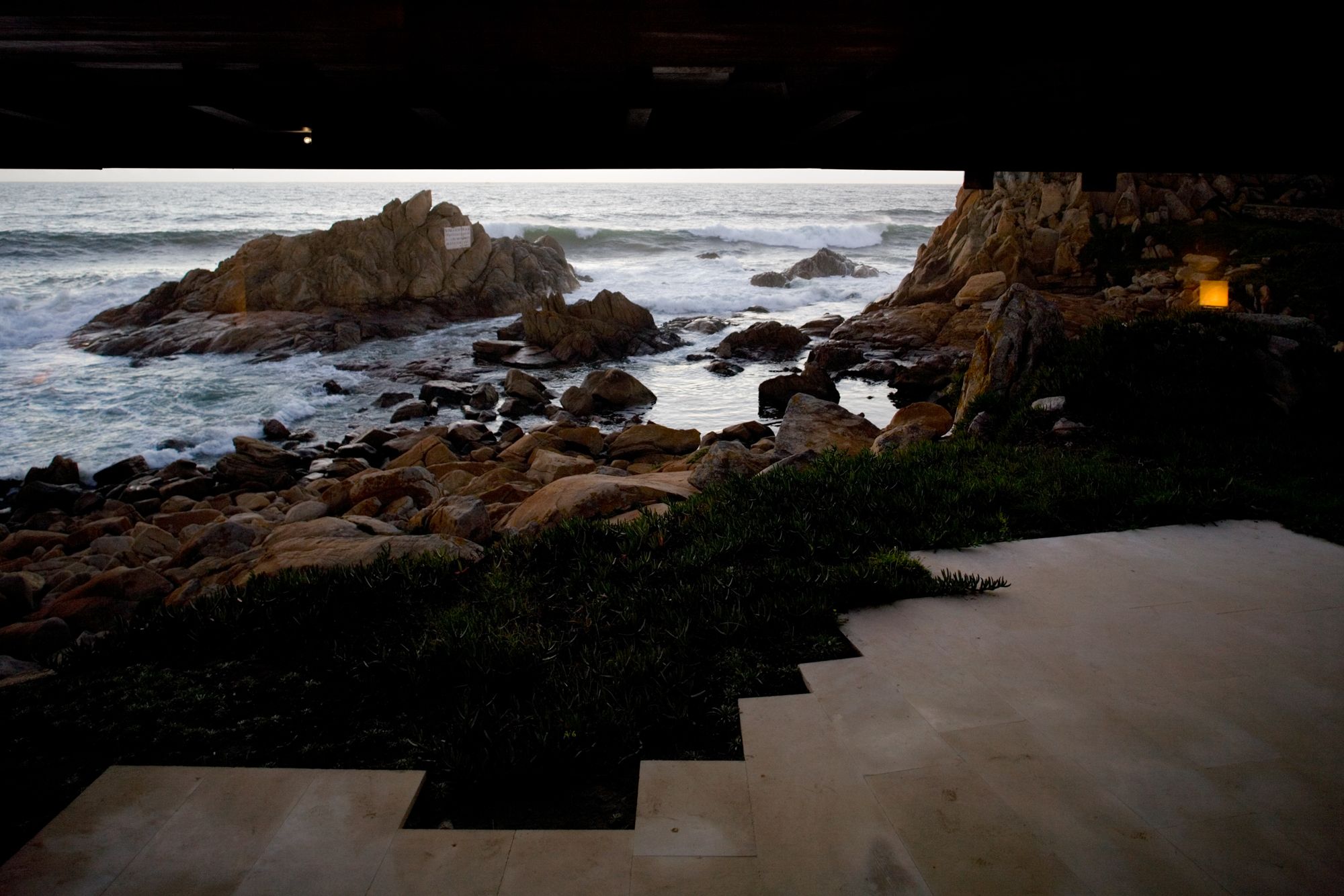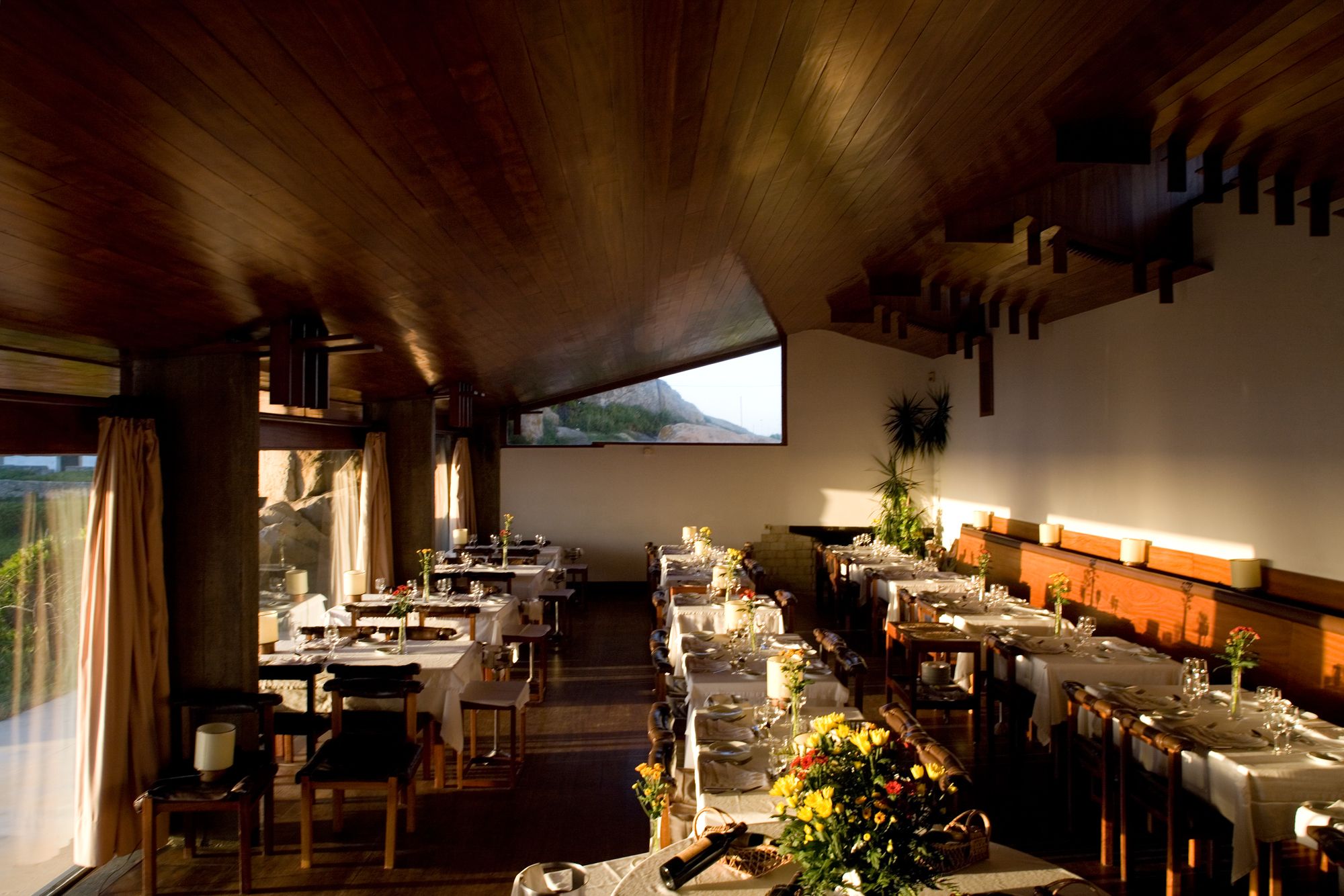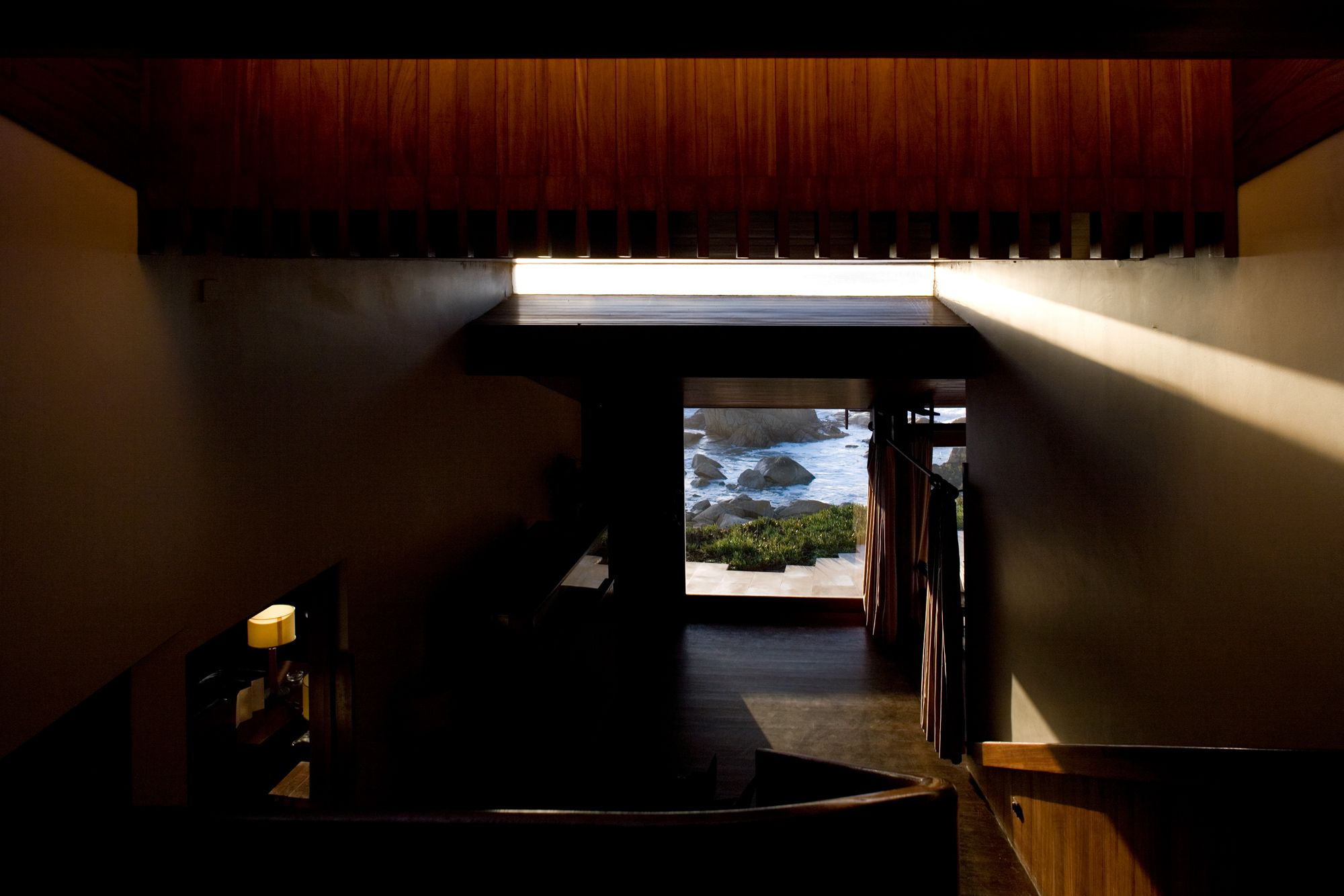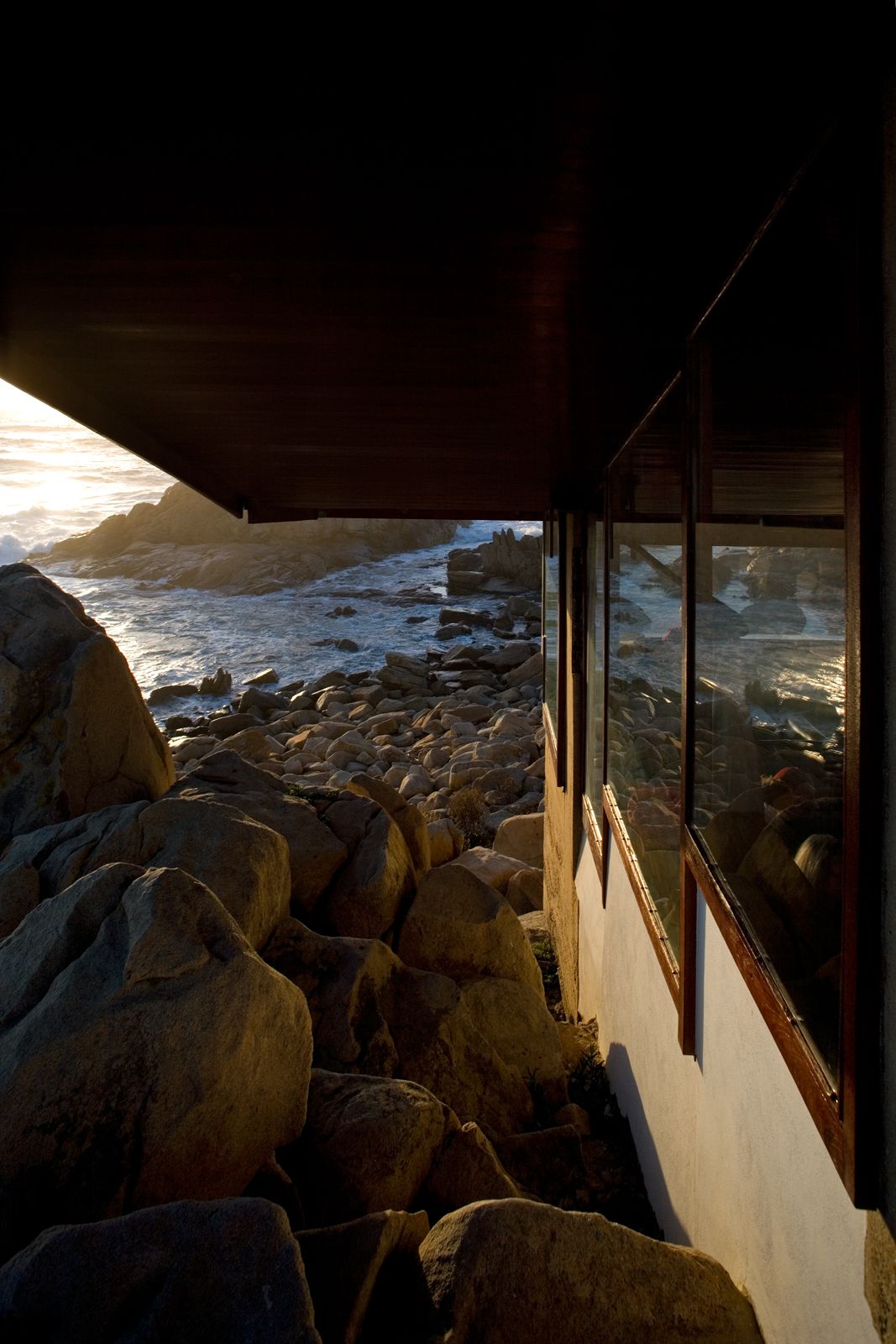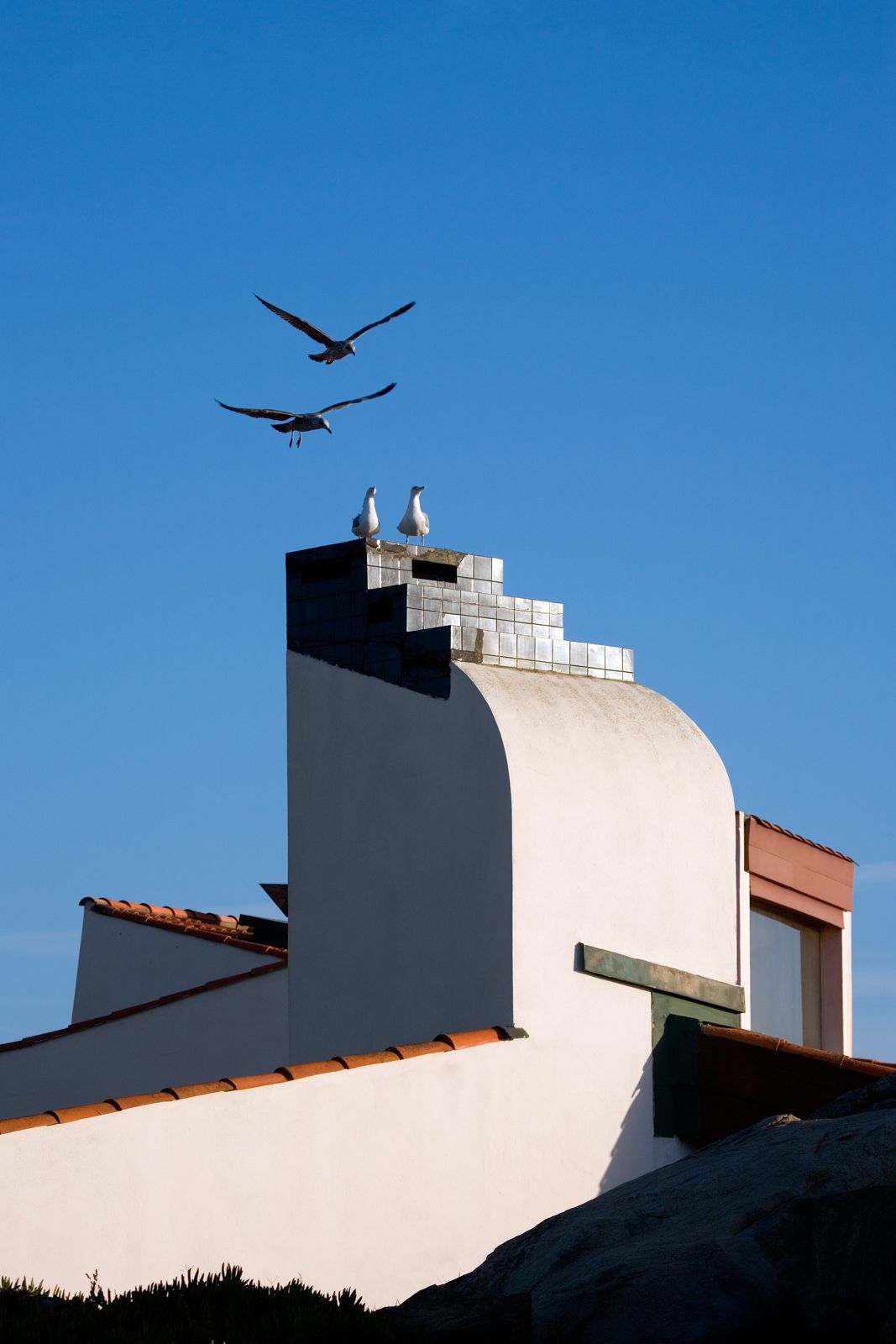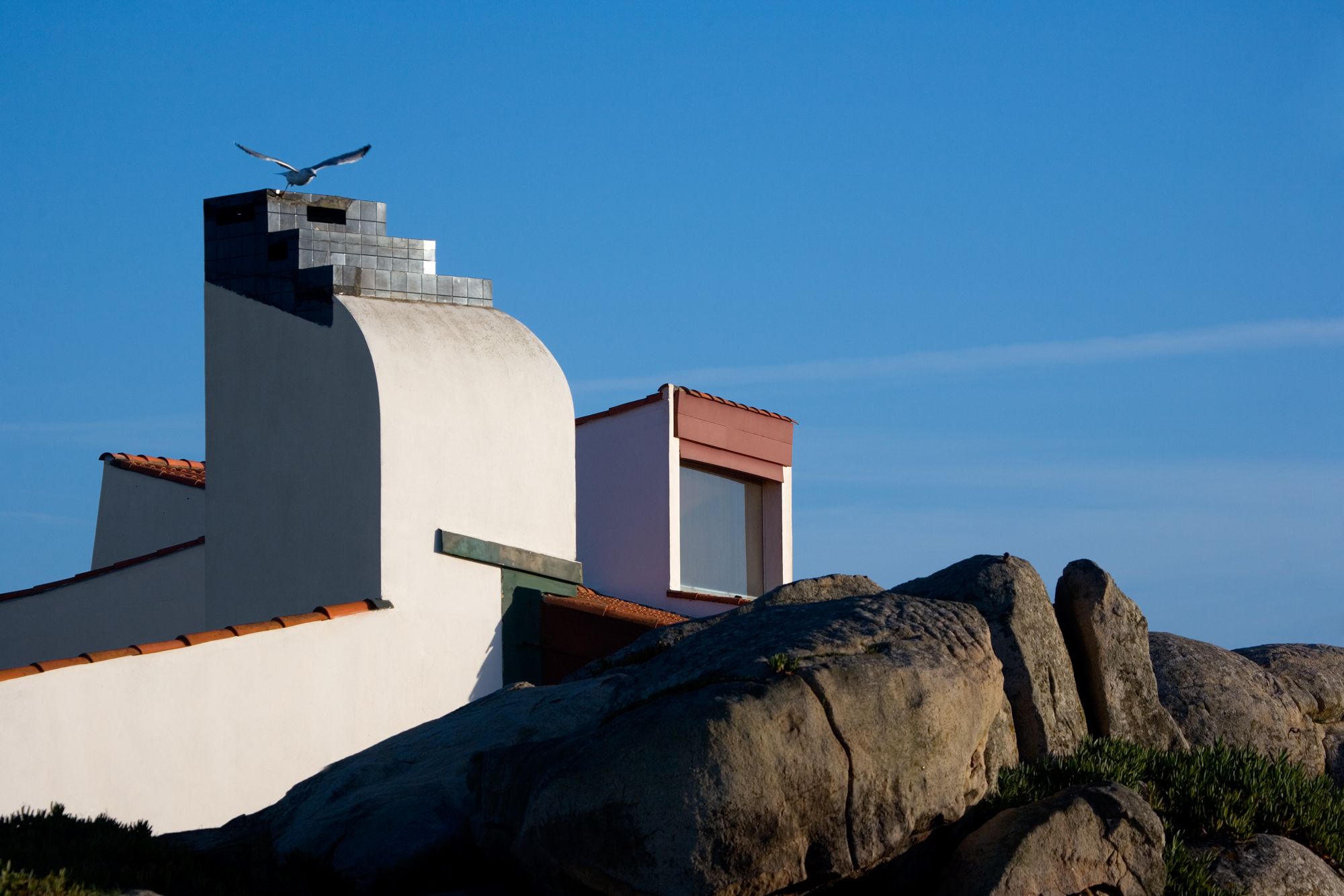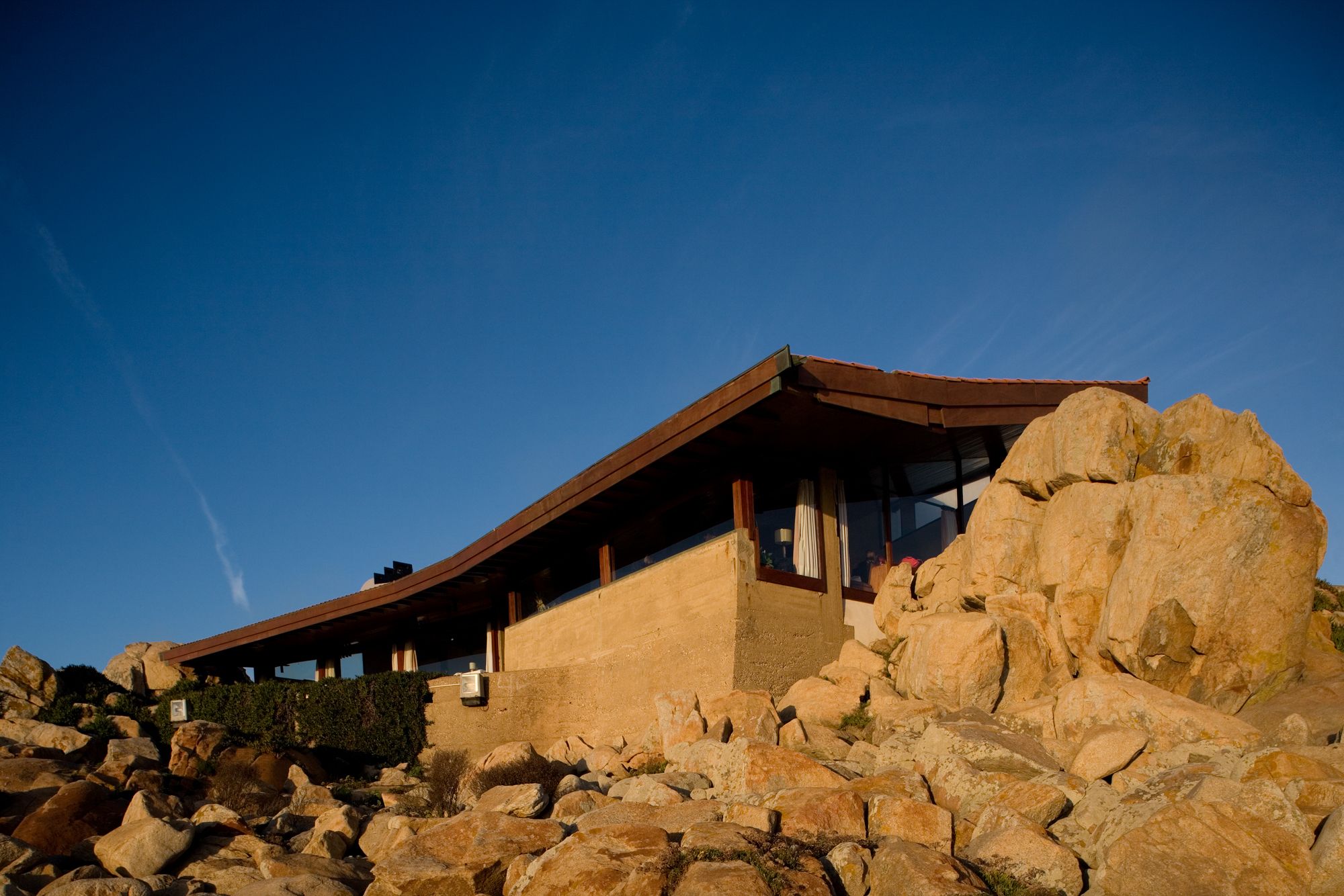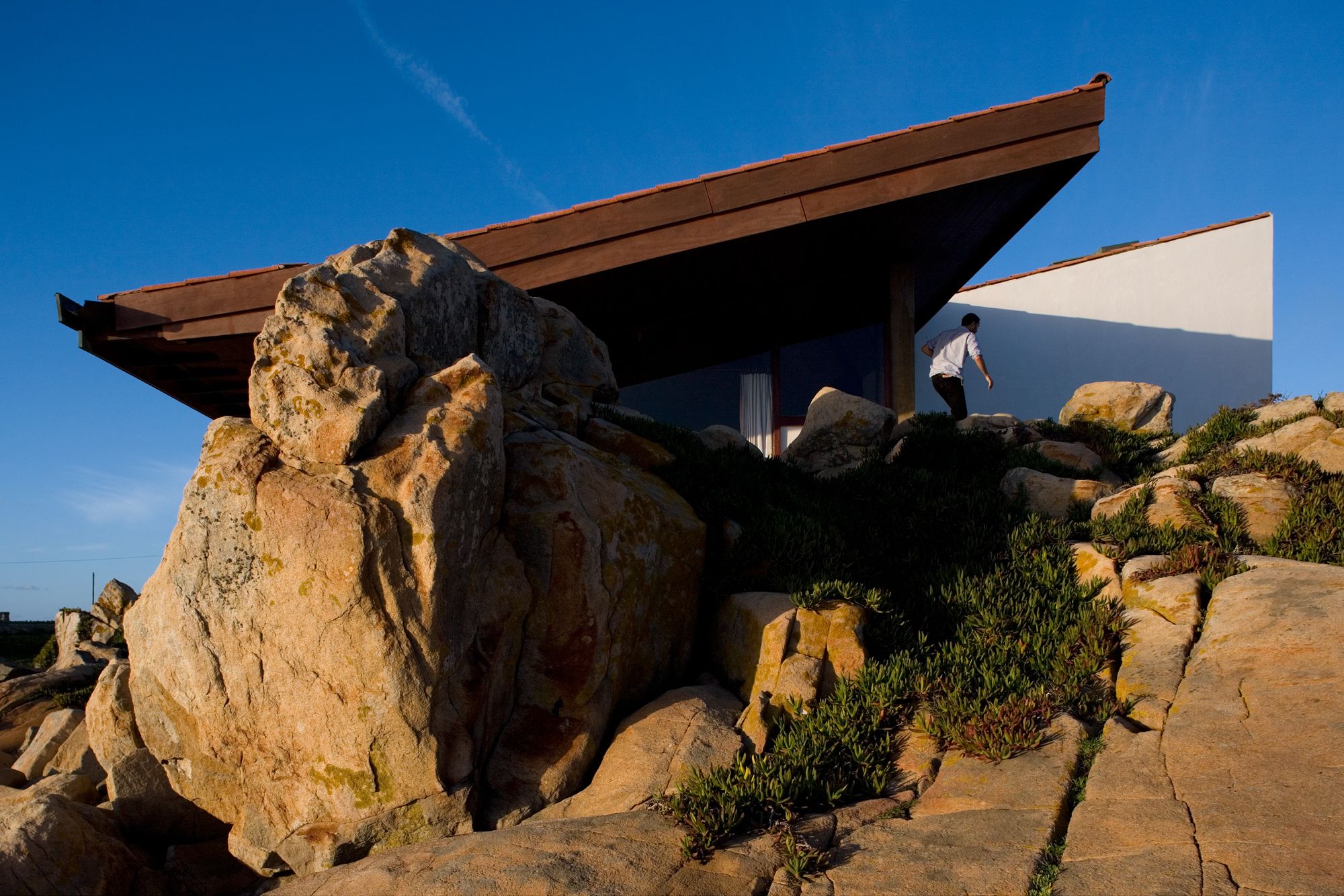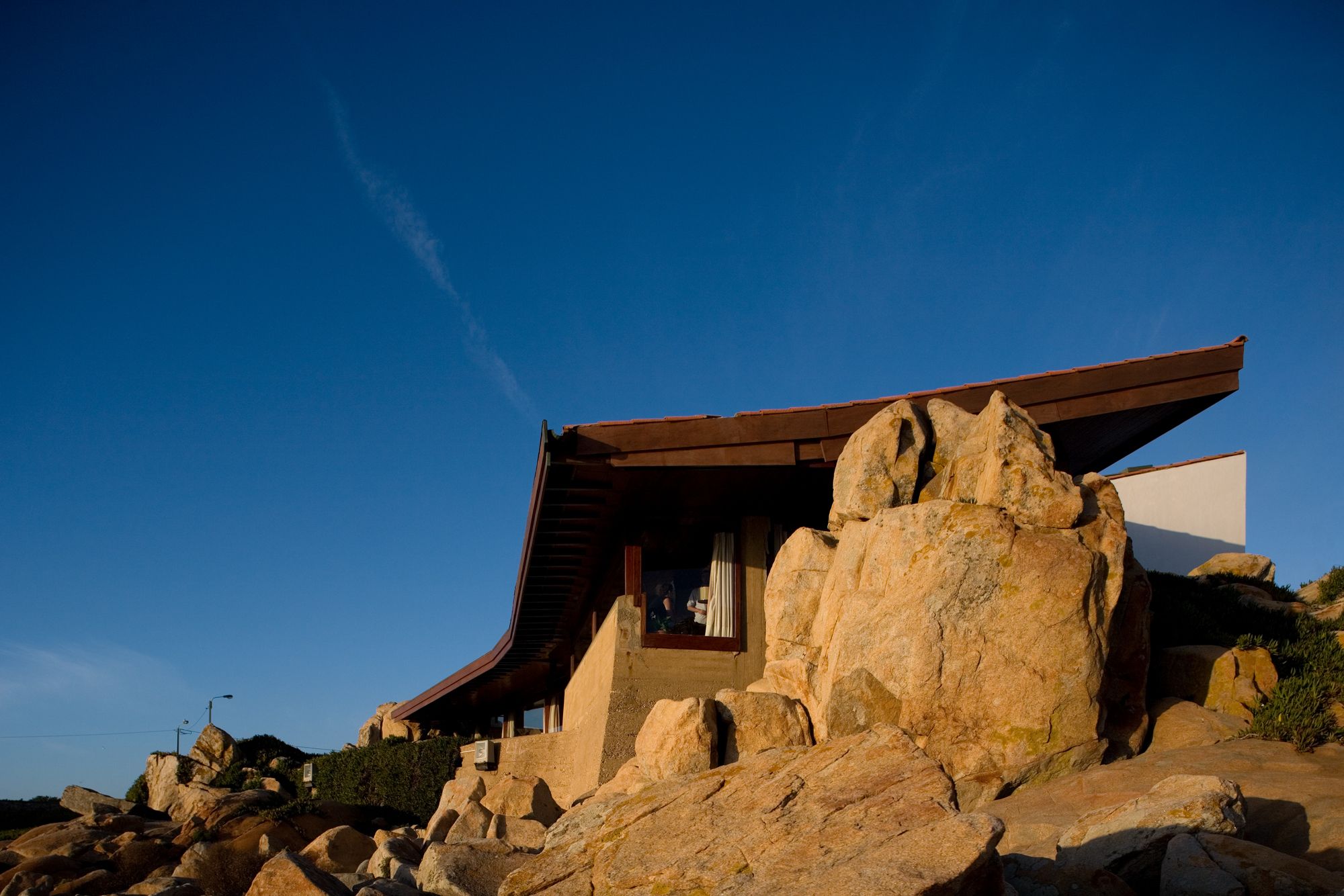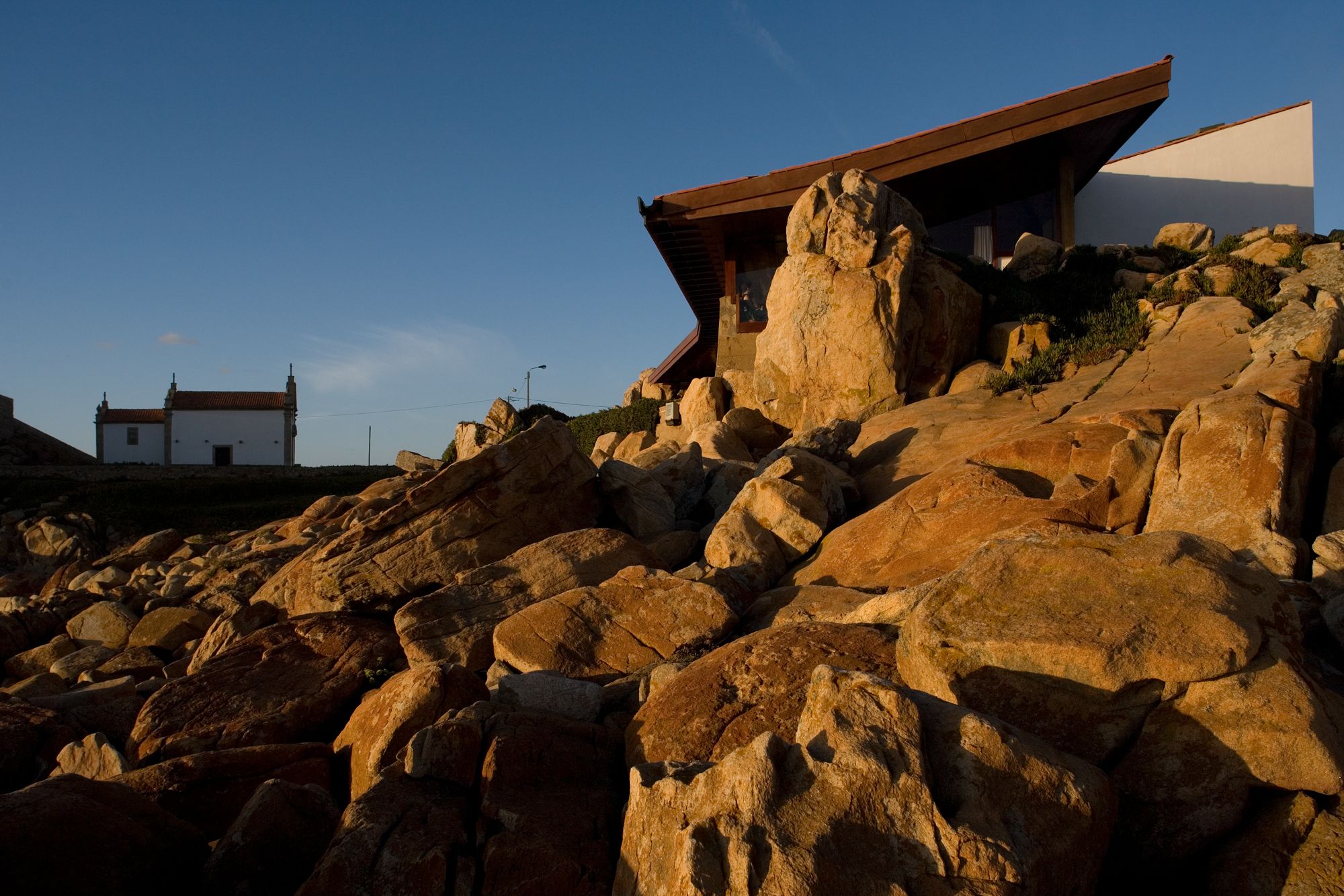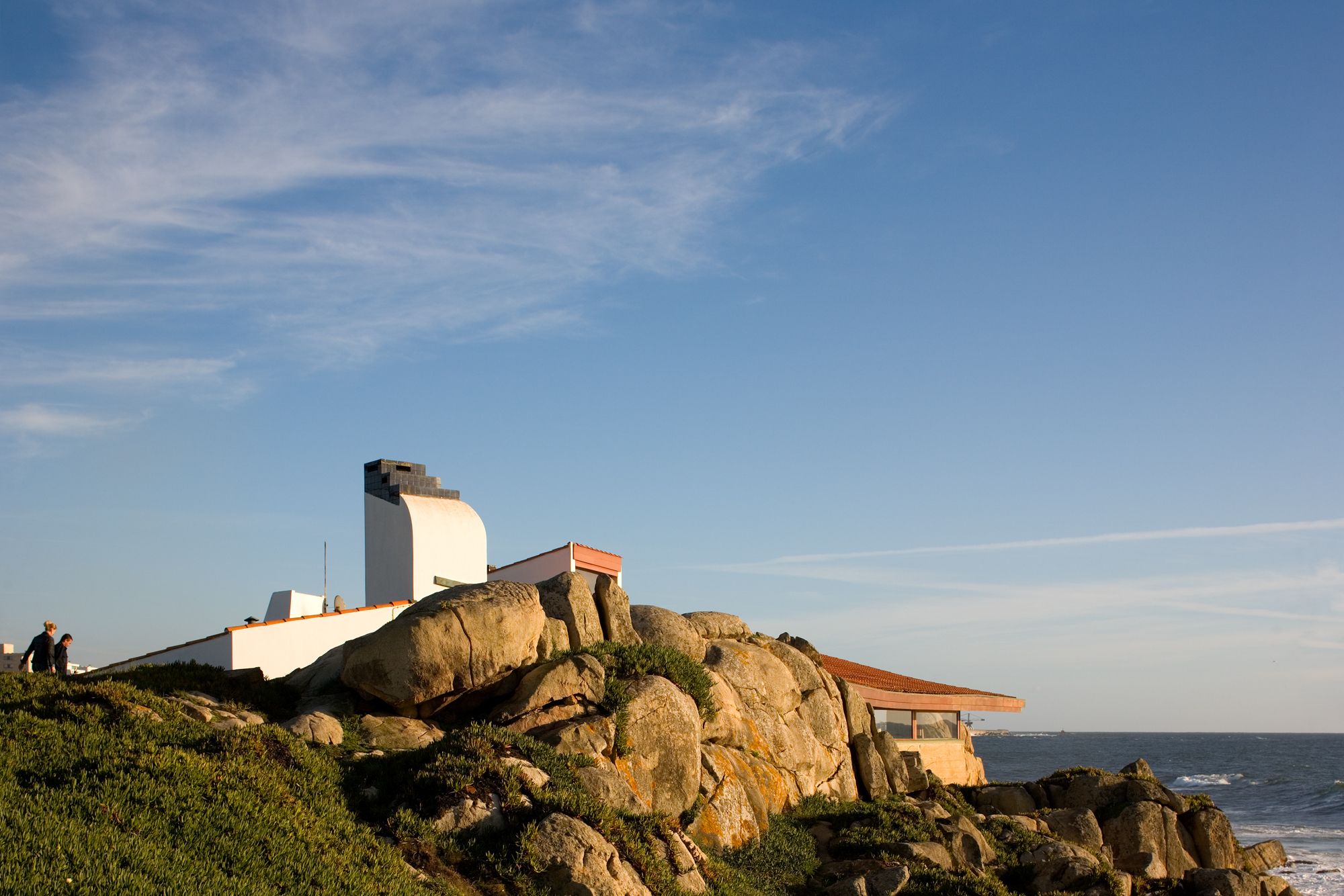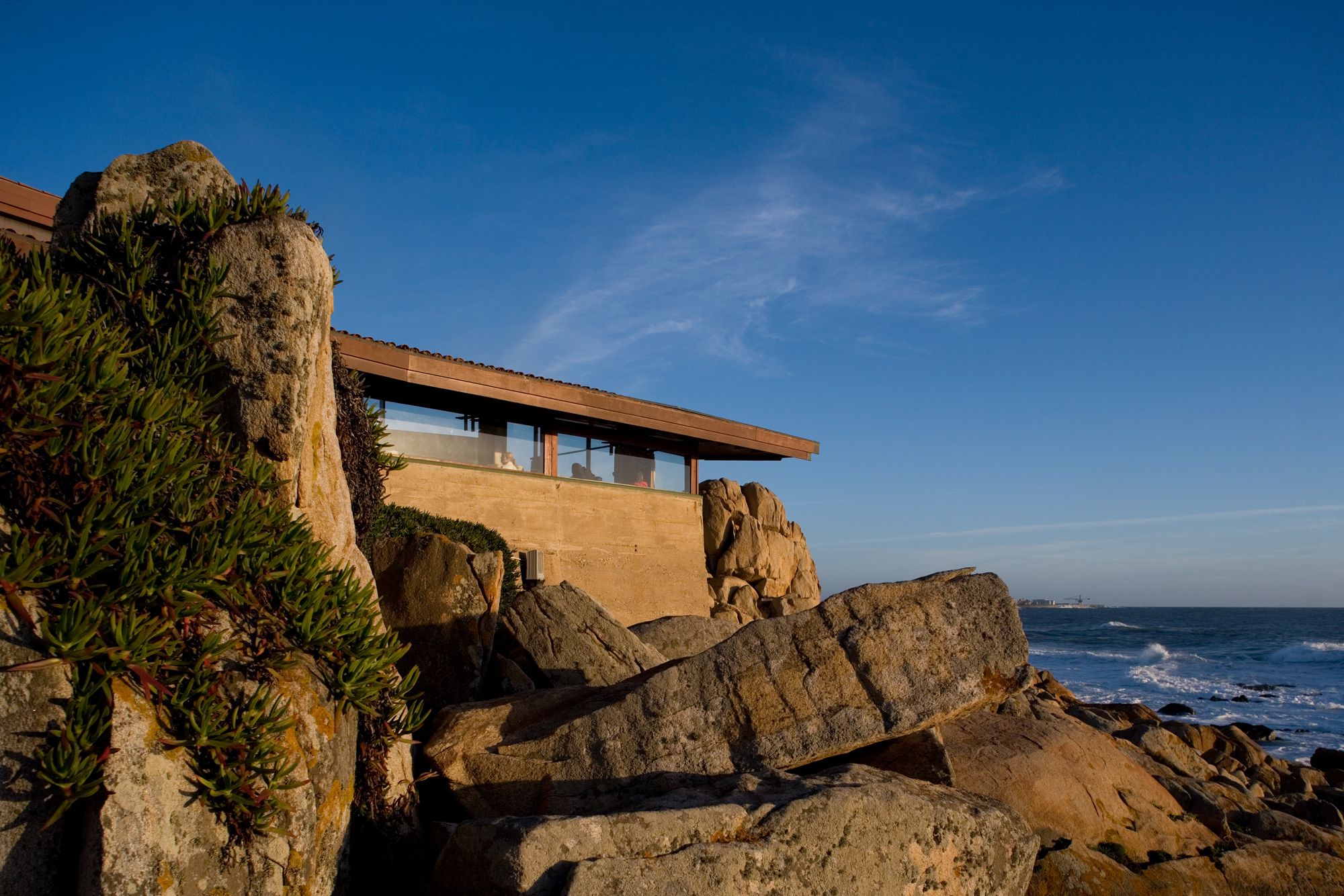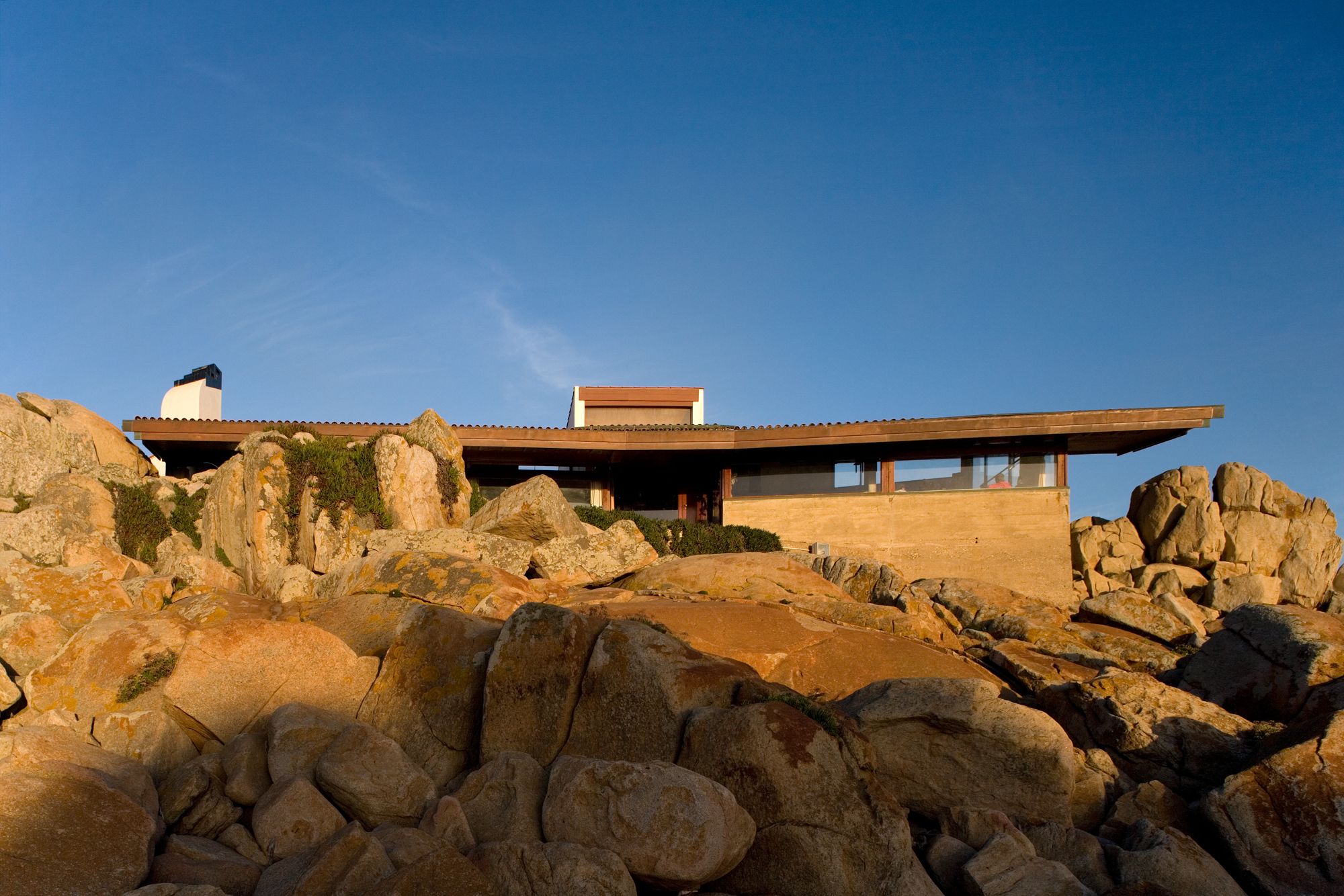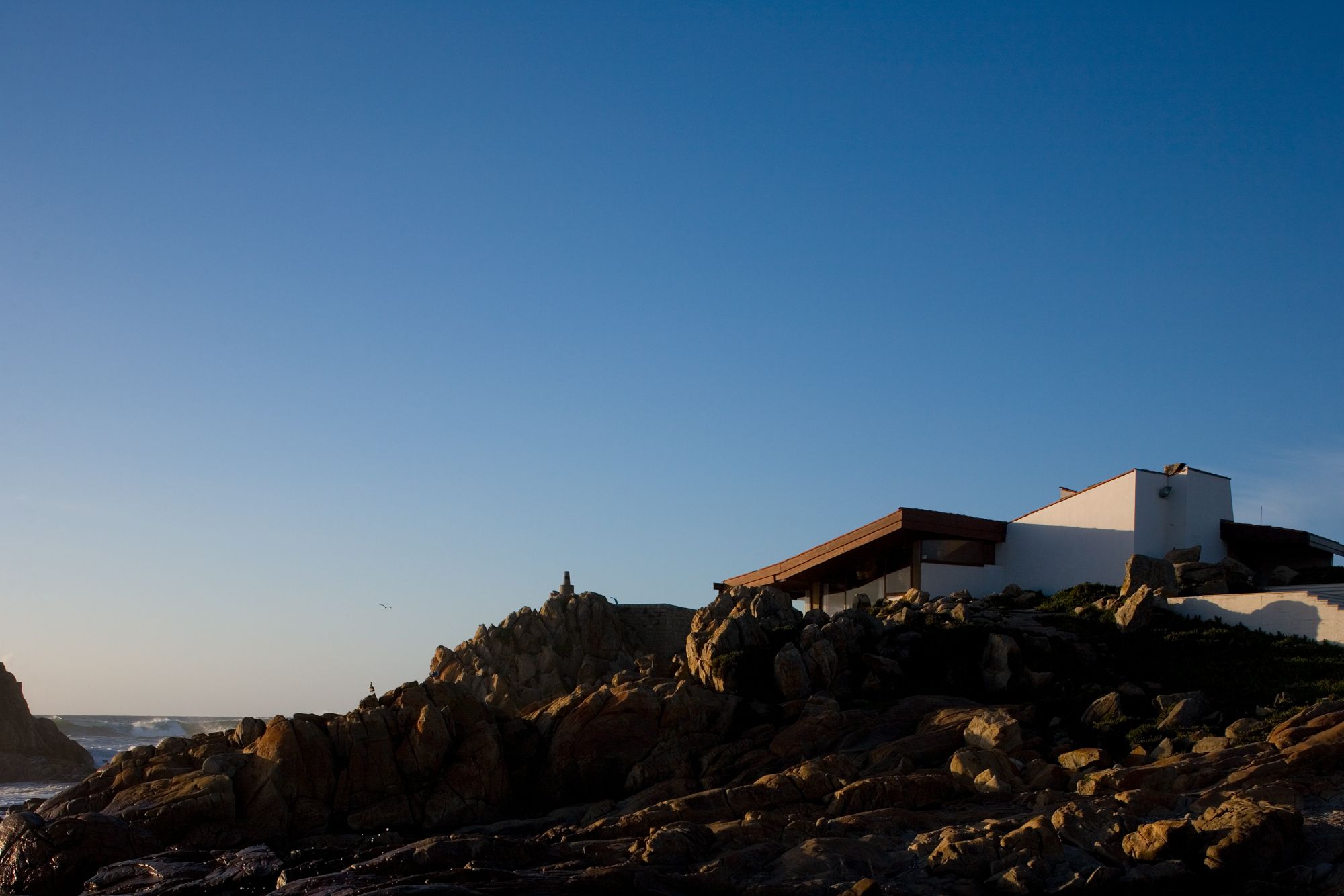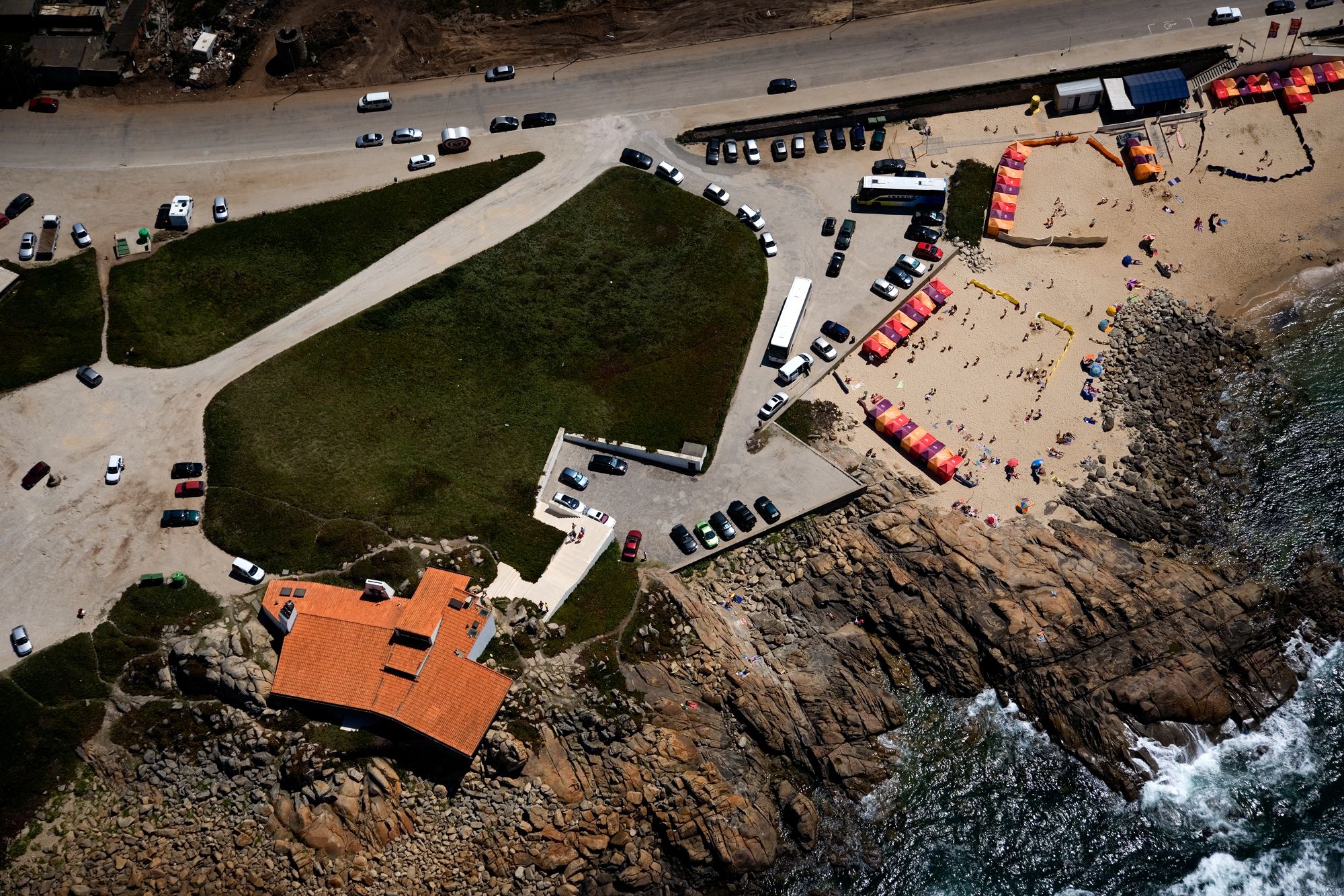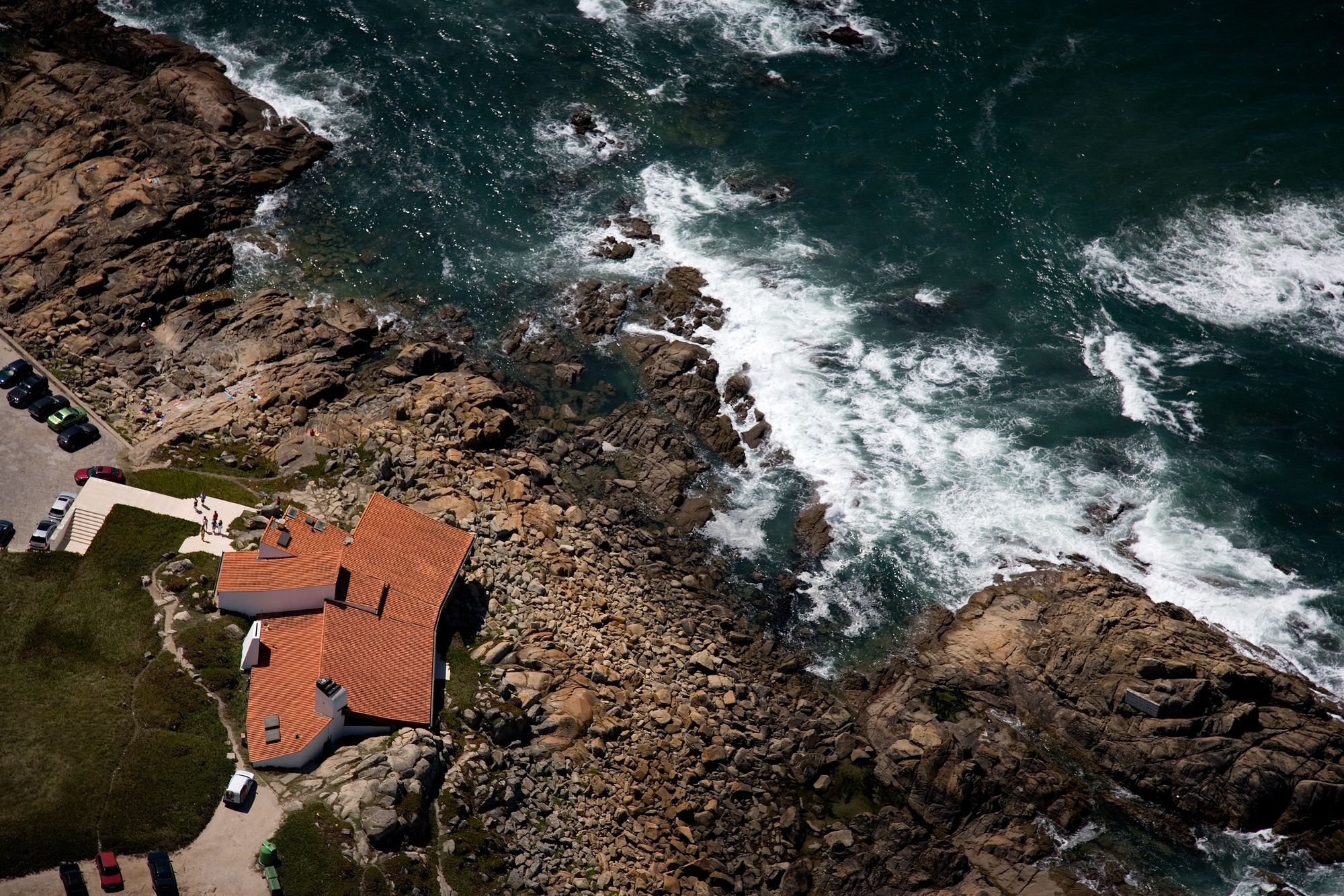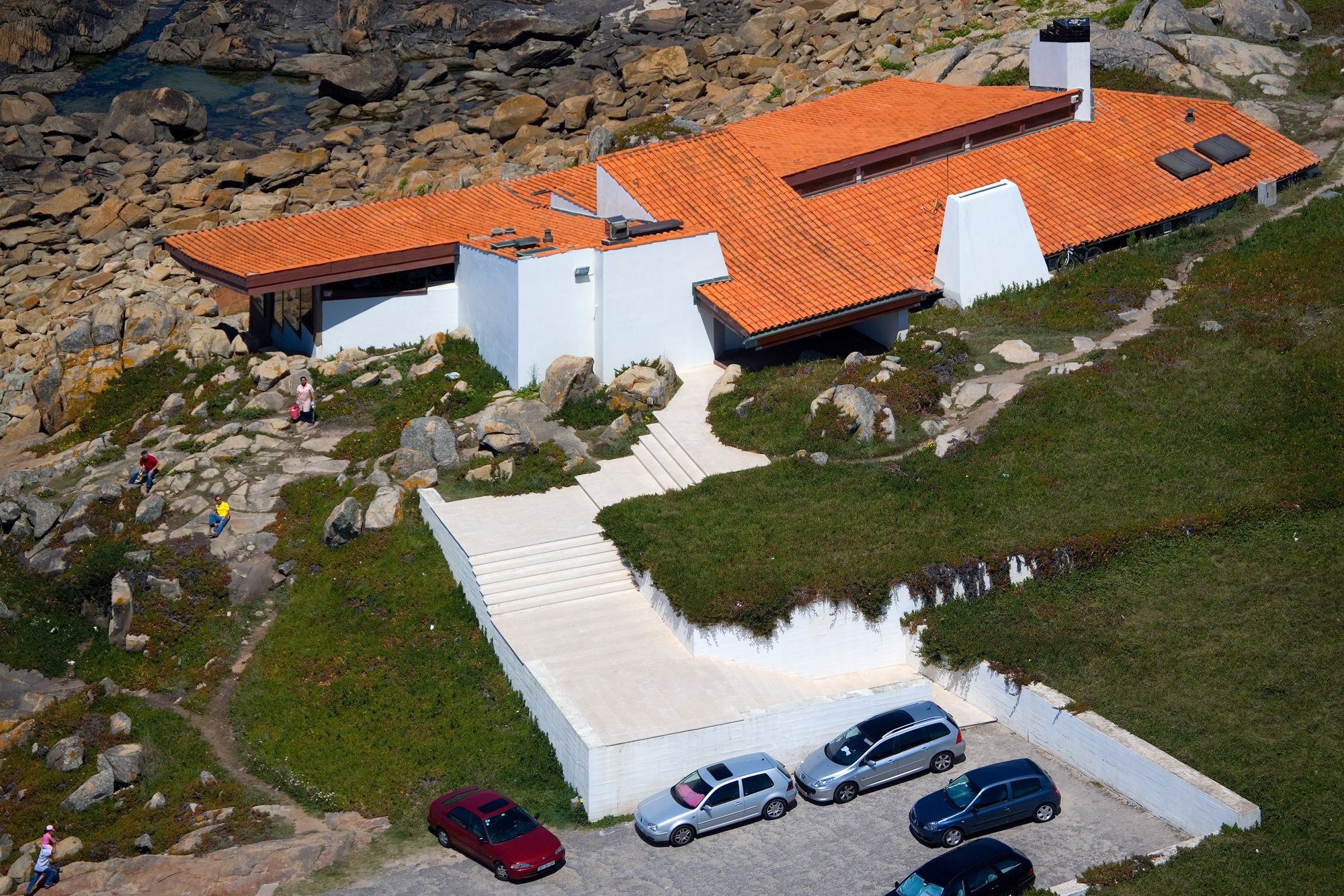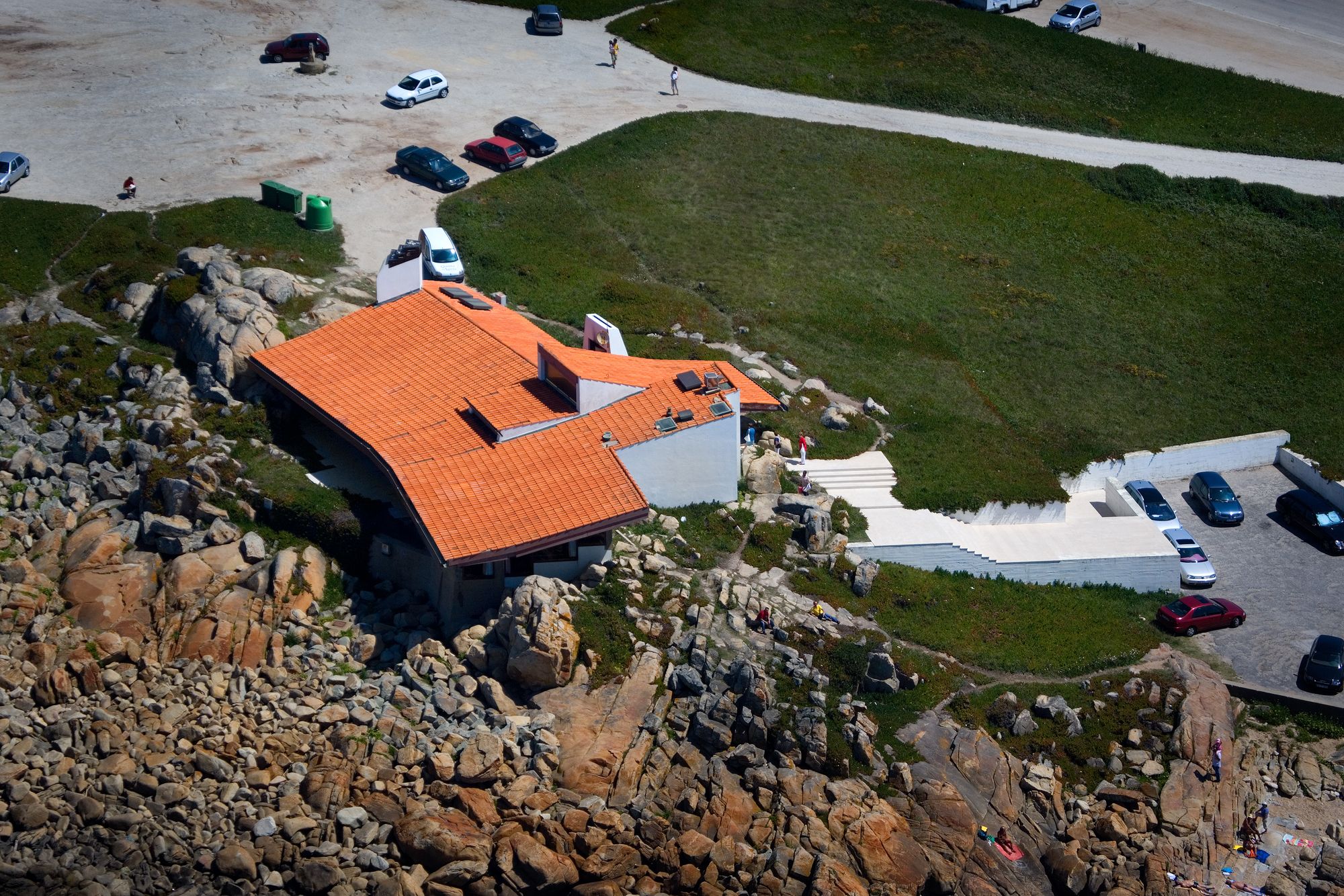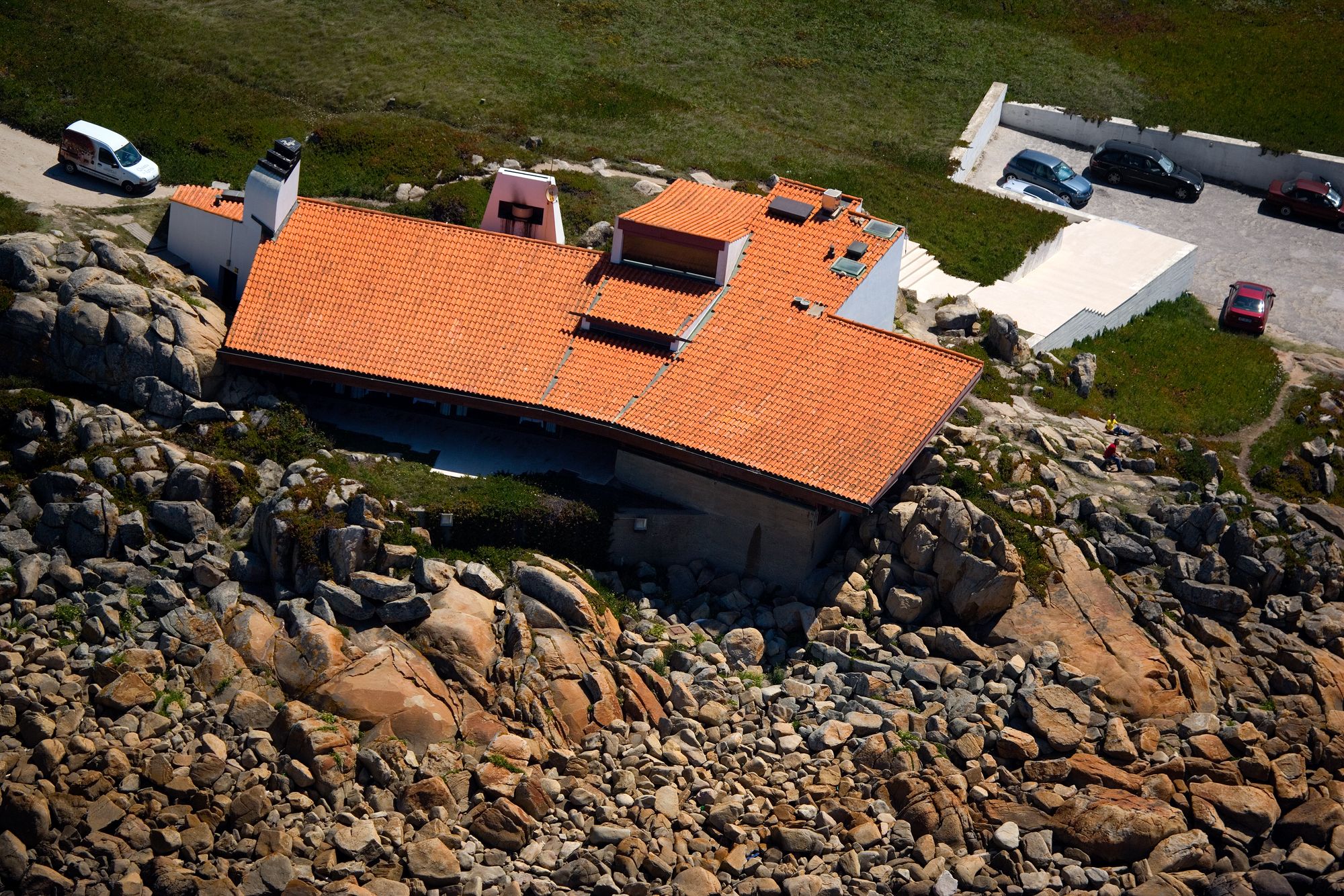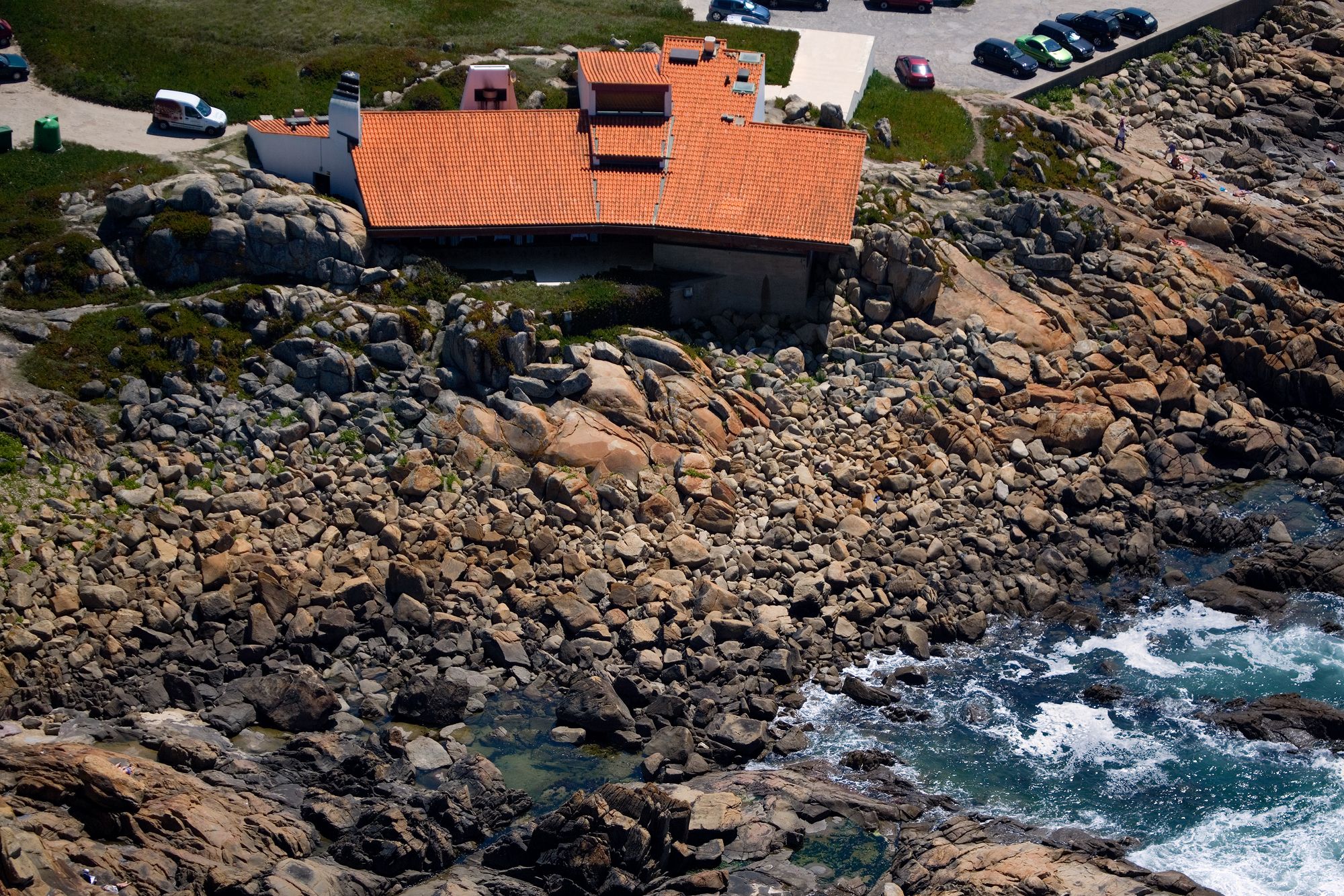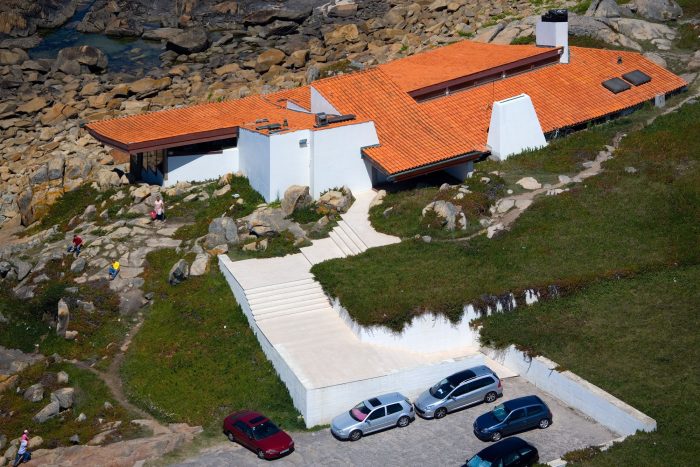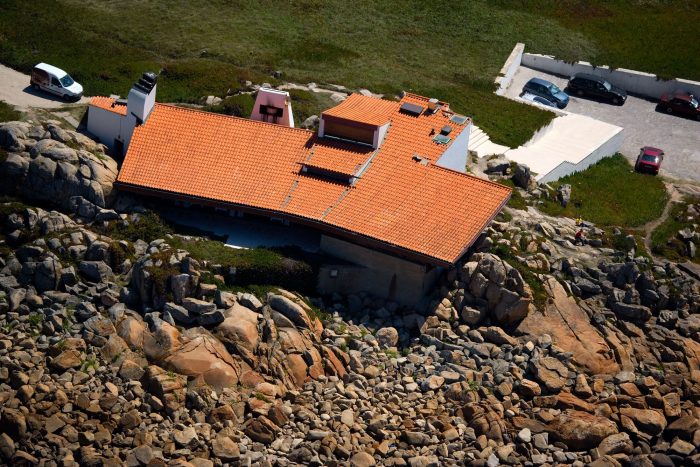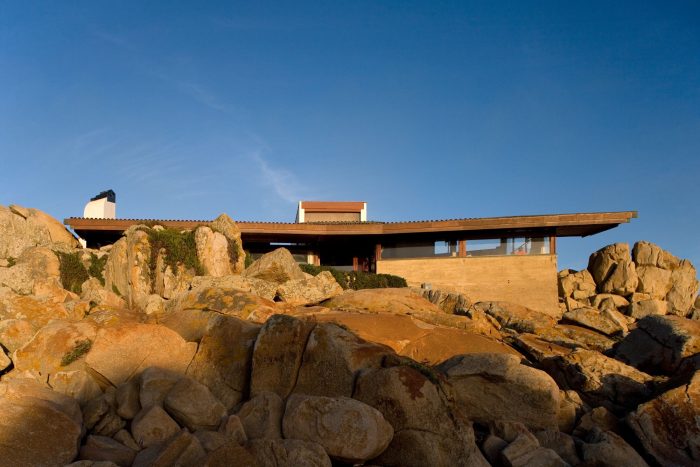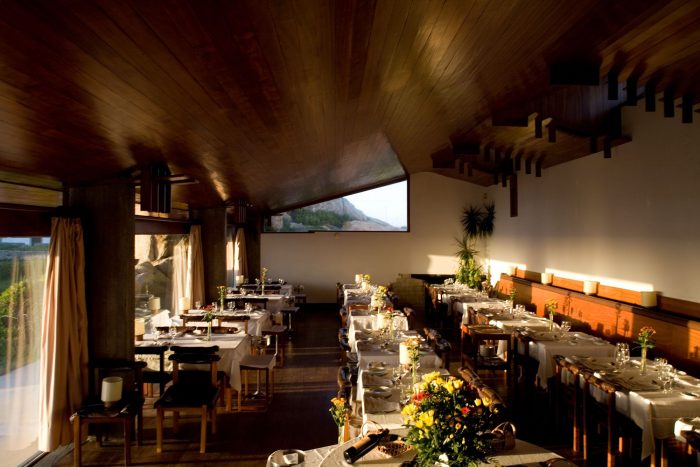Boa Nova Tea House
Renovated Boa Nova Tea House is now a Restaurant leaded by Chef Rui Paula.
It will open as a restaurant only but outside meals period it will be possible to visit the building with guided tours held by Association Casa da Arquitectura.The Boa Nova Tea House was designed following a competition held in 1956 by the city council and won by Portuguese architect Fernando Tavora. After choosing a site on the cliffs of the Matosinhos seashore, Tavora turned the project over to his collaborator, Alvaro Siza. One of Siza’s first built projects, it is significant that the restaurant is not far from the town of Matosinhos where the architect grew up, and set in a landscape that he was intimately familiar with. It was still possible in Portugal of the 1960s to make architecture by working in close contact with the site, and this work, much like the Leça Swimming Pools of 1966, is about ‘building the landscape’ of this marginal zone on the Atlantic – through a careful analysis of the weather and tides, existing plant life and rock formations, and the relationship to the avenue and city behind.
Removed from the main road by some 300 meters, the building is accessed from a nearby parking lot through a system of platforms and stairs, eventually leading to an entry sheltered by a very low roof and massive boulders characteristic to the site. This architectural promenade, a sinuous path clad in white stone and lined by painted concrete walls, presents several dramatic perspectives of the landscape as it alternatively hides and reveals the sea and the horizon line.
The restaurant’s west-facing dining room and south room are set just above the rocks, and joined by a double-height atrium and stair, with the entrance being on a higher level. The kitchen, storage and employee areas are half-sunken in the back of the building, marked only by a narrow window and a mast-like chimney clad in tiles. Forming a butterfly in plan, the two primary spaces open gently around the sea cove, their exterior walls following the natural topography of the site. The tea room has large windows above an exposed concrete base, while the dining room is fully glassed, leading to an outdoor plateau. In both rooms, the window frames can slide down beneath the floor, leaving the long projecting roof eaves in continuum with the ceiling. This creates an amazing effect in the summer, when it is possible to walk out from the dining room directly to the sea, as the building seems to disappear.
As in other early works of the architect, a diversity of materials come into play: white-plastered masonry walls, exposed concrete pillars on the west-facing facade, and an abundant use of the red African ‘Afizelia’ wood in the cladding of the walls, ceilings, frames and furniture. On the outside the facing of the projecting eaves is made with long wood boards trimmed with copper flashing. The roof is a concrete slab covered by Roman red terracotta tiles and by a wood suspended ceiling.
The Boa Nova was now fully restored, with all of its original characteristics being preserved.
It was now possible to recover the roof, interior and exterior woods, the windows and doors frames and also the exposed concrete. Even the original furniture designed by Siza was reproduced according to the original designes of the time and using the materials originally planned.
The renovated Boa Nova Tea House will open in July as a Restaurant leaded by the renowned Chef Rui Paula
Project info:
Architects: Álvaro Siza Vieira
Location: Leça da Palmeira / Portugal
Architecture Photography: João Morgado
Year: 2014
Work started in: 1963
Work finished in: 2014
Status: Current works
